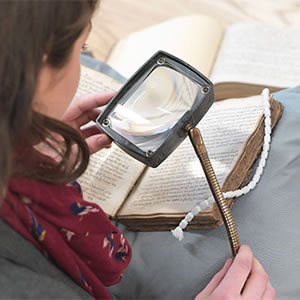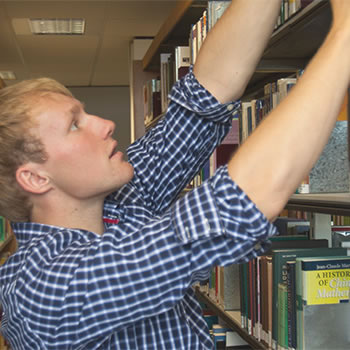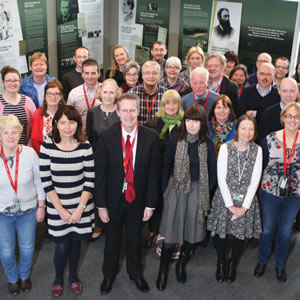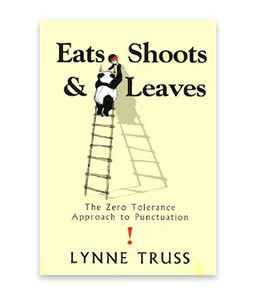- My Library Account
- Collections

Collections
The Library provides access to books, electronic resources, archives, special collections, and more to support your learning and research.
- Research

Research
The Library is committed to supporting your research needs with expert guidance and resources.
- Studying
- Academic Skills Service for Students
- Academic Writing Centre
- Assistive Technology Area
- Borrowing Limits, Lost Books & Fines
- Digital Literacy
- Equipment & More
- Group Study Rooms
- Library & IT Service Desk
- MakerSpace for Students
- Past Exam Papers
- Photocopying & Printing
- Shannon College Library
- Study Spaces
- Using Other Libraries

Studying
The Library has all the resources and supports you need to be successful in your studies at undergraduate and postgraduate level. Whether you're just starting your studies or working on your final project, we're here to help.
- Teaching

Teaching
We are here to help lecturers and academic staff deliver quality teaching and support their students' success.
- About

- Workshops & Events
Eats, Shoots and Leaves Review
Lynne Truss, Eats, Shoots & Leaves: The Zero Tolerance Approach to Punctuation, London: Fourth Estate, 2009
Review by Cristina Kinsella

Lynne Truss admits early on in her book Eats, Shoots & Leaves that she is an ‘unattractive, know-all obsessive’ when it comes to punctuation (p. 5). She admits that the absence of a question mark in a charity-shop sign (‘Can you spare any old records’) and the missing apostrophe in the movie title Two Weeks Notice make her a bit crazy. She jokingly suggests forming a militant vigilante wing of the Apostrophe Protection Society (http://www.apostrophe.org.uk) to correct punctuation-gone-wrong in everyday society. However, despite Truss’s self-described ‘stickler’ nature (p. 6), the information presented in Eats, Shoots & Leaves is extremely valuable.
‘The reason it’s worth standing up for punctuation is not that it’s an arbitrary system of notation’, Truss assures the reader, ‘the reason to stand up for punctuation is that without it there is no reliable way of communicating meaning’ (p. 6).Eats, Shoots and Leaves is not a book about grammar; it is about using punctuation effectively to convey proper meaning. As the book’s cover demonstrates, a failure to properly punctuate can lead to disastrous results. The cover shows a panda bear holding a smoking gun, showing that the unnecessary comma can completely change the meaning of the title.
Though Truss is a bit pedantic about the smaller nuances of punctuation, the information offered in the book is presented in a witty and relatable manner. Each chapter provides the reader with detailed explanations of how to properly (and improperly) use the wide array of punctuation. Truss delves into the history behind the evolution of punctuation, instead of merely explaining how it is used. For instance, in the chapter entitled ‘That’ll Do, Comma’, Truss traces the evolution of the comma as guide for actors in Ancient Greece to the modern usage of commas as ‘grammatical sheepdog ... organizing words into sensible groups and making them stay put’ (p. 79). Truss also discusses several, often forgotten, forms of punctuation. The chapter entitled ‘Airs and Graces,’ gives a detailed discussion on the proper use of colons and semi-colons, which are often under-utilized by writers the world over. While the proper use of apostrophes and commas demonstrates ‘confidence in yourself [as a writer] and respect for your reader’, Truss assures that the proper use of colons and semicolons ‘mark you out as a master of your craft’ (p. 106).
In Eats, Shoots and Leaves, Truss presents her knowledge on the use of punctuation in a way that is meant to inspire writers to communicate their point at a mastery level. Truss’s message is not simply one of exasperation at the everyday abuse of punctuation; although, her frustration is clear and prevalent throughout the book. Instead, Eats, Shoots and Leaves is a readable and entertaining way to perfect everyday writing and become a punctuation master. As Truss assures in her introduction, this book is one that ‘gives you permission to love punctuation’ (p. 33).











